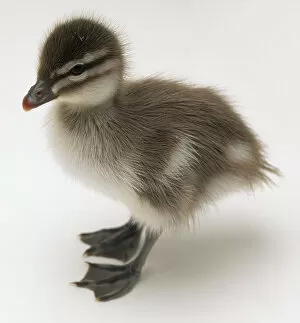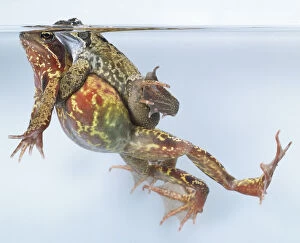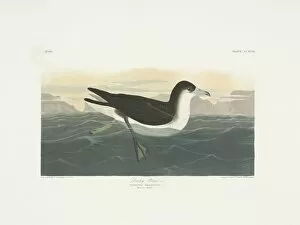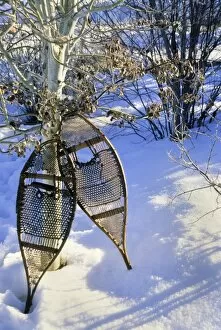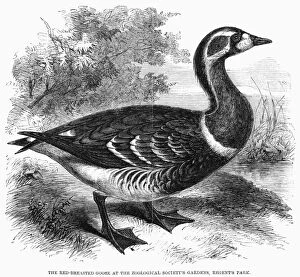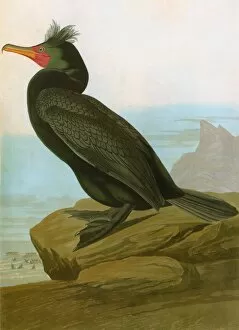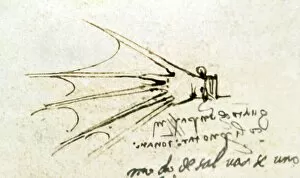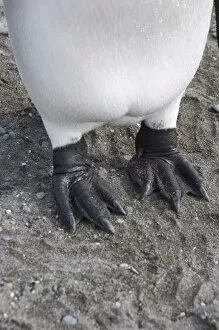Webbed Collection (page 2)
"Nature's Webbed Wonders: From Otters to Birds and Frogs" In the vast realm of nature, webbed creatures showcase their remarkable adaptations
All Professionally Made to Order for Quick Shipping
"Nature's Webbed Wonders: From Otters to Birds and Frogs" In the vast realm of nature, webbed creatures showcase their remarkable adaptations. Picture an adorable otter standing on its hind legs, a Rhacophorus tree frog gracefully leaping from one branch to another, or a booby effortlessly diving into the deep blue sea. Marvel at the majestic Whooping Crane captured in Audubon's iconic "Birds of America, " while Pelecanus onocrotalus, the great white pelican, glides through the air with elegance. Delve deeper into history as we explore pages adorned with DDE-90020772 - The Shoveler, 1810-17 (w/c & manuscript text), Page 319 - The Teal, 1810-17 (w/c & manuscript text), Page 255 - The Little Grebe, 1810-17 (w/c & manuscript text), Page 269 - The Bernacle, 1810-17 (w/c & manuscript text), Page 433 - The Smew, 1810-17 (w/c & manuscript text), and Page 265 - The Mallard, 1810-17 (w/c & manuscript text). These intricate illustrations and handwritten texts transport us back in time to appreciate the beauty of waterfowl species. From agile swimmers to skilled divers and expert flyers – these webbed wonders remind us of nature's incredible diversity. They navigate their habitats with finesse using their unique webbing that allows them to excel both in water and air. Let us cherish these extraordinary creatures who have mastered life within this intricate network of webs woven by evolution itself.

